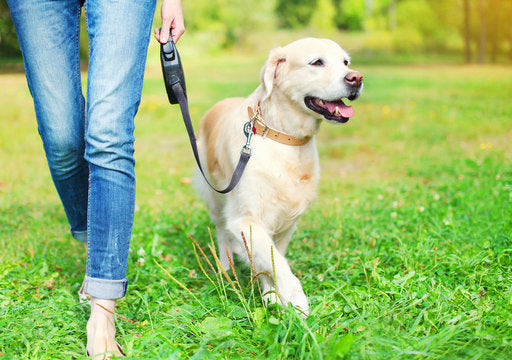In 24 cities

Understanding the Risks of Excessive High-Intensity Activity in Dogs
|
|
Time to read 1 min
Get product availability and delivery timelines based on your location.
No saved addresses found
Add an address to see it hereAre you sure you want to delete this address?
100% Authentic

Easy return policy

Help us ensure a smooth delivery
Help us ensure a smooth delivery
SIZE GUIDE
Written by: Dr. Shantanu Kalambi
|
|
Time to read 1 min
As veterinarians deeply invested in the well-being of our furry friends, we are committed to shedding light on crucial topics that impact their health and happiness. Today, we want to delve into a pressing issue that many pet parents may overlook: the risks associated with excessive high-intensity activity in dogs.
Excessive high-intensity activity can take a toll on your dog's physical health and overall well-being. Let's break down some of the potential risks:
Fatigue: Overexertion can lead to fatigue, leaving your dog drained of energy and unable to perform daily activities with vigor and enthusiasm.
Muscle Strain: Intense physical activity without proper warm-up or cool-down periods can result in muscle strain or injury, causing discomfort and pain for your furry companion.
Joint Injuries: Dogs engaging in high-impact activities are at risk of sustaining joint injuries such as sprains, strains, or even ligament tears, which can have long-term implications for their mobility and quality of life.
It's crucial to take proactive steps to address the problem of excessive high-intensity activity and minimize associated risks. Here's how you can safeguard your dog's health:
Assess Your Dog's Activity Levels: Evaluate your dog's exercise routine to ensure it aligns with their age, breed, and overall health status.
Modify Exercise Regimen: Adjust the intensity and duration of your dog's workouts to suit their individual needs. Gradually increase activity levels over time to build stamina safely.
Incorporate Rest Days: Schedule regular rest days to allow your dog's body to recuperate from intense workouts. Adequate rest is essential for preventing fatigue and overexertion.
Monitor for Signs of Strain or Injury: Keep a close eye on your dog for any signs of muscle strain, joint injuries, or fatigue. Promptly seek veterinary attention if you notice any concerning symptoms.
Consult with Your Veterinarian: If you're unsure about your dog's activity level or need guidance on modifying their exercise regimen, don't hesitate to consult with your veterinarian. They can provide personalized recommendations based on your dog's unique needs and health status.
For more tips from Dr. Shantanu read: "Maximizing Your Dog's Exercise Routine: A Guide to Healthy Activity Levels"



In 24 cities

Happy pet parents

For every new member

Exclusive
2 item in cart
₹10,360




